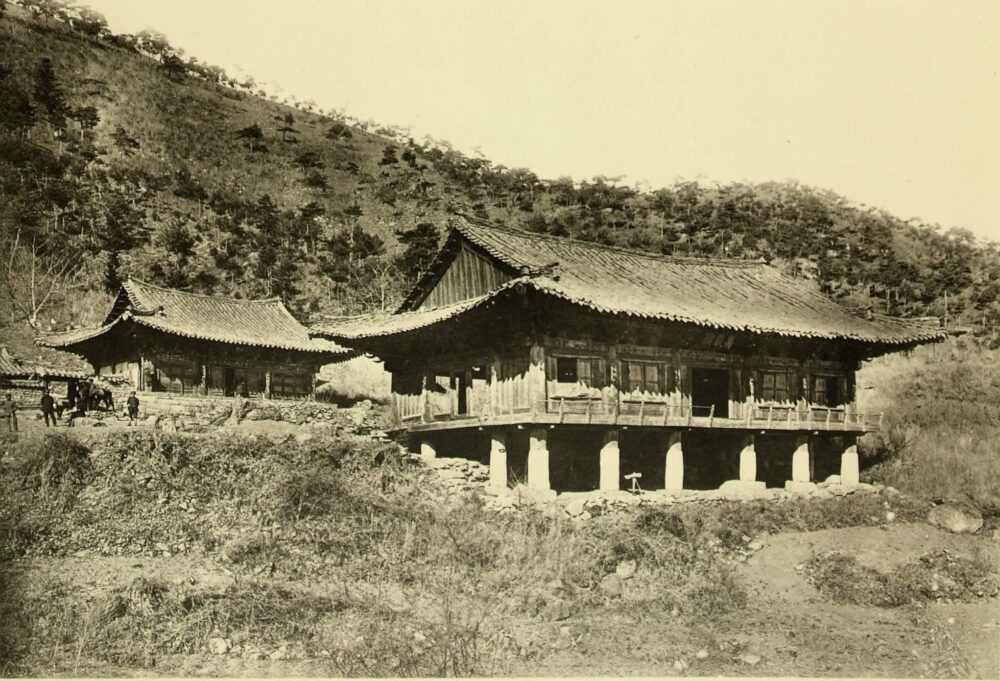
Temple History
Yangchonsa Temple [Yangcheonsa Temple] is located in Kowon [Gowon], Hamyongnam-to, North Korea. And for the rest of this article, it should be noted, that the spelling of North Korean places will use the North Korean style of spelling. Yangchonsa Temple was first founded in 753 A.D. Originally, the temple consisted of a Wontong-jeon Hall and a Kukrak-jeon Hall [Geukrak-jeon Hall].
Very little is known about the temple until 1677, when Yangchonsa Temple was rebuilt by the monk Myo-ryeon. In 1708, the Taeung-jeon Hall [Daeung-jeon Hall] would be constructed. And in 1729, the Manse-ru Pavilion was reconstructed. The bell that hangs inside the current Manse-ru Pavilion was cast in 1693. It stands 1.15 metres in height, and it weighs 373 kg. For awhile, the temple bell was housed at the Hamheung History Museum; then, in the mid-2000s, it was returned to Yangchonsa Temple. It also appears as though there was a Sanshin-gak Hall to the right rear of the Taeung-jeon Hall [Daeung-jeon Hall] at Yangchonsa Temple from the photographic evidence that we have.
During Japanese Colonial Rule (1910-1945), and after the thirty-one headquarter system was created by the Japanese to oversee Buddhist temples throughout Korea, Yangchonsa Temple fell under the administration of Seokwangsa Temple. Sadly, during the Korean War (1950-1953), Yangchonsa Temple was destroyed. The temple shrine halls that now stand at Yangchonsa Temple are post-war reconstructions. However, the Sanshin-gak Hall that formerly stood at Yangchonsa Temple wasn’t rebuilt at this time.
Temple Layout
You first approach Yangchonsa Temple [Yangcheonsa Temple] through the mature forest that surrounds the temple. The first structure to greet you at the temple is the Manse-ru Pavilion. This large pavilion is the largest of its kind in North Korea. It has a large, spacious design. Housed inside the Manse-ru Pavilion is the 17th century bell and a light blue mokeo (wooden fish drum). Accompanying these two percussion instruments inside the Manse-ru Pavilion are beautiful dancheong colours and murals. The ceiling of the pavilion is adorned with traditional floral patterns. Just beneath these floral patterns is a beautiful, blue dragon and light pink lotus flower paintings. And there is a floating haetae between these two large murals.
Having passed around the Manse-ru Pavilion, you’ll enter into the main temple courtyard. To your left, and facing the west, you’ll find the Kukrak-jeon Hall [Geukrak-jeon Hall]. This temple shrine hall is simplistically adorned with dancheong colours around its exterior walls. Even the usually intricate eaves of the structure seem to be understated and simplistic, as well. As for the interior of the Kukrak-jeon Hall [Geukrak-jeon Hall], you’ll find an image of Amita-bul (The Buddha of the Western Paradise).
Straight ahead of you, on the other hand, is the Taeung-jeon Hall [Daeung-jeon Hall]. Like the other structures at Yangchonsa Temple [Yangcheonsa Temple], the Taeung-jeon Hall [Daeung-jeon Hall] is a post-Korea War rebuild. However, they seem to have done a pretty good job. The front latticework is made in the traditional floral pattern designs. And if you look up at the eaves of the main hall, you’ll find beautiful, intricate eaves. The dominant green dancheong colours are joined by Gwimyeon (Monster Masks) at each of the roof’s corners. Stepping inside the Taeung-jeon Hall, you’ll find a main altar triad centred by Seokgamoni-bul (The Historical Buddha). This image is joined on either side by Munsu-bosal (The Bodhisattva of Wisdom) and Bohyeon-bosal (The Bodhisattva of Power). This triad is covered by an ornate, red datjib (canopy). And the ceiling of the main hall is adorned with beautiful floral patterns and two dragon sculptures. Also up in the ceiling of the Taeung-jeon Hall [Daeung-jeon Hall], you’ll find a beautiful collection of Bicheon (Flying Heavenly Deities) murals. Around the circumference of the main hall, where the walls and the ceiling meet, you’ll find painted images of the Nahan (The Historical Disciples of the Buddha). And hanging on the far right wall, you’ll find a simplistic Shinjung Taenghwa (Guardian Mural).
Also found on the temple grounds are a collection of stupas. There is also a pair of historic stone guardian posts that appear to be created in the 18th century because they look similar to the ones found at Silsangsa Temple in Namwon, Jeollabuk-do and Bulhoesa Temple in Naju, Jeollanam-do.
How To Get There
For now, in today’s political climate, you don’t. But hopefully one day soon we can. Below is a map of where to find Yangchonsa Temple in Kowon [Gowon], Hamgyongnam-to, North Korea.
Overall Rating: 7/10
Unfortunately, because nearly everything at Yangchonsa Temple was destroyed during the Korean War, very little is left from its past outside the stone monuments like the stupas and the pair of stone guardian posts. However, they have done a great job in the reconstruction of the Taeung-jeon Hall [Daeung-jeon Hall], and the Manse-ru Pavilion’s interior is absolutely stunning, especially when you include the 17th century temple bell. And adding to the temple’s overall rating is its off-limits location in North Korea.
Historical Pictures of Yangchonsa Temple
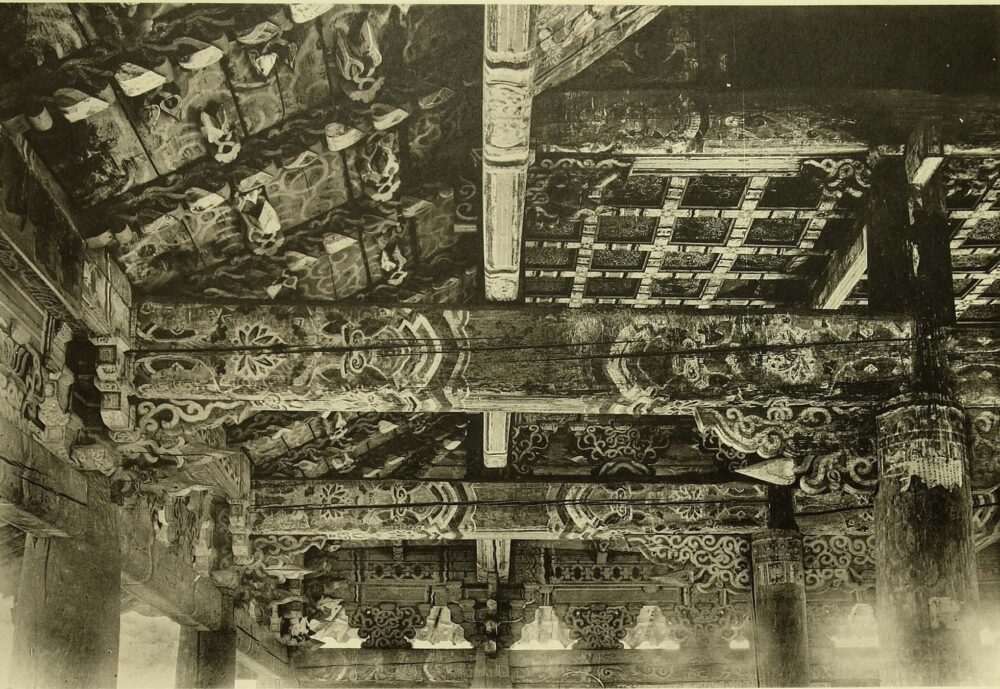
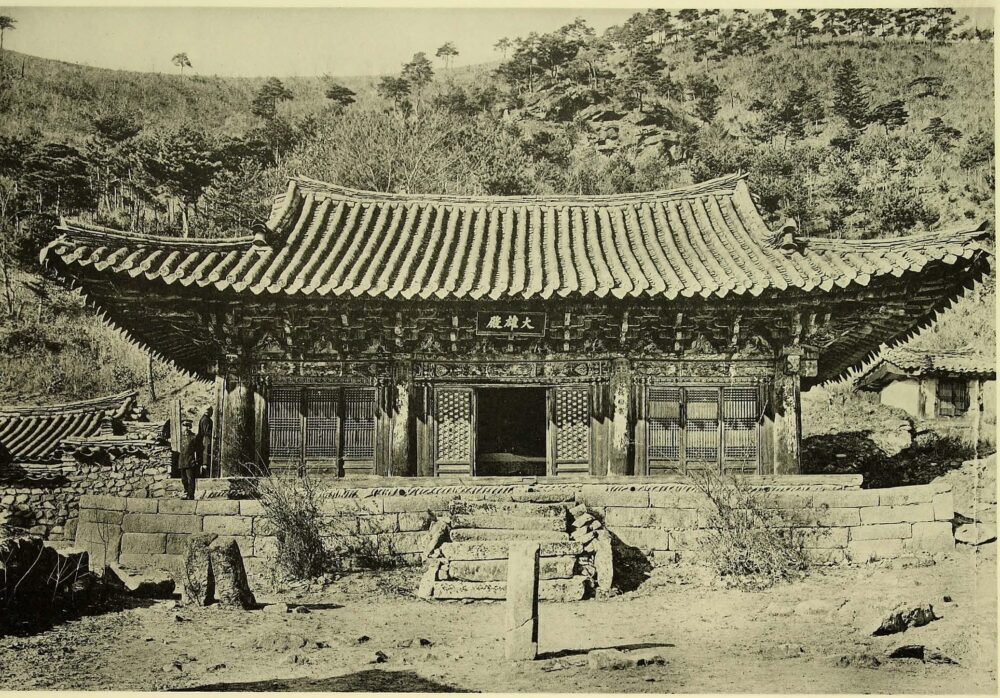
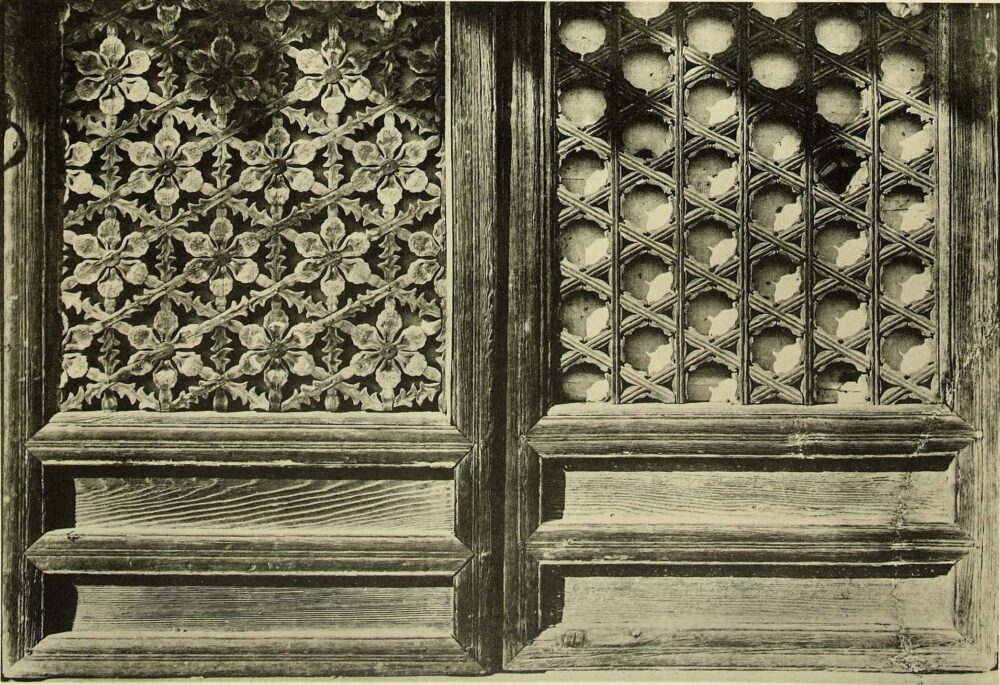
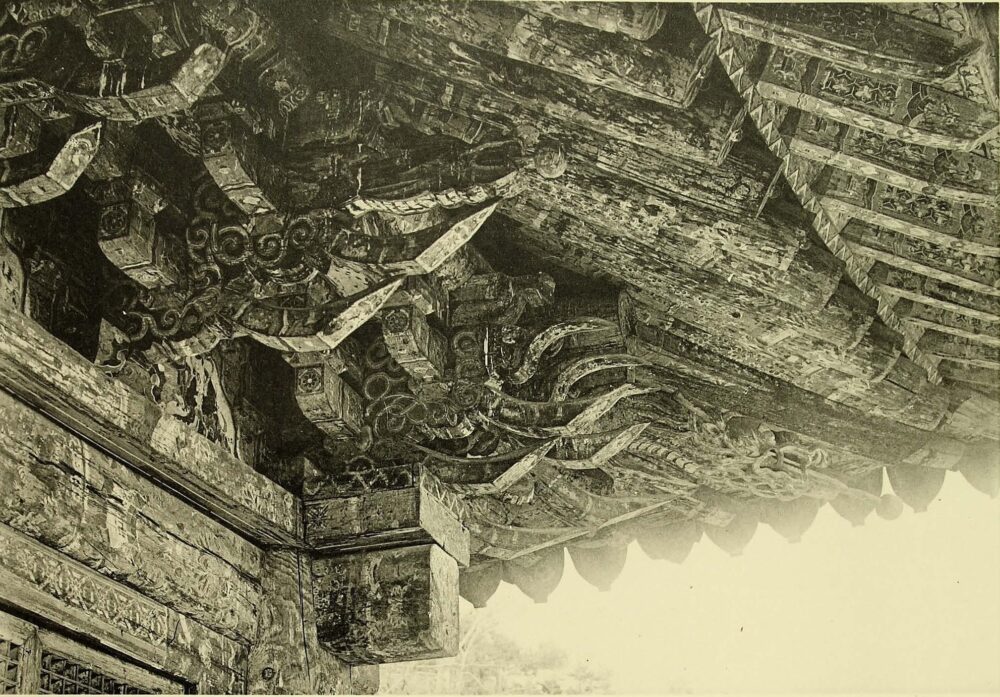
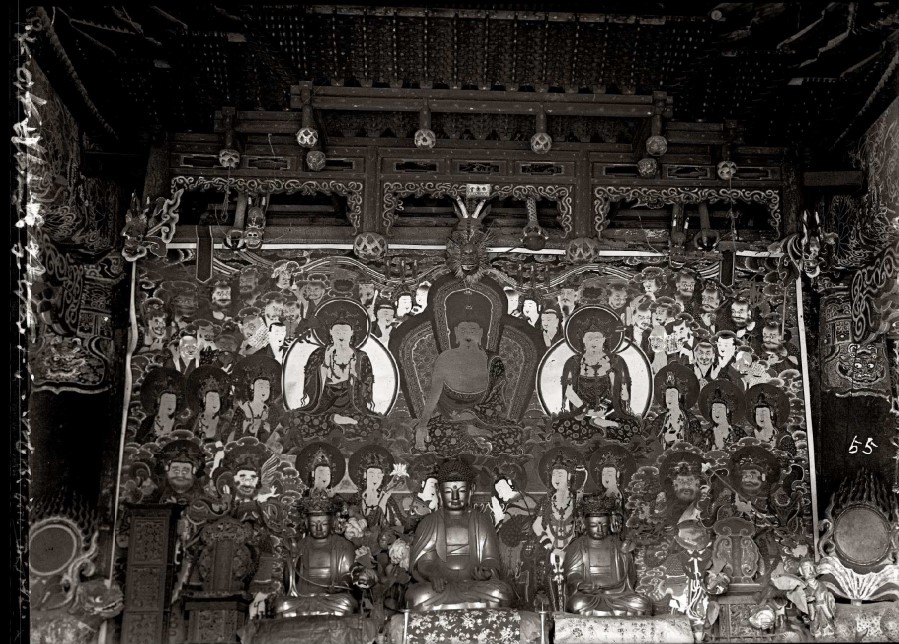
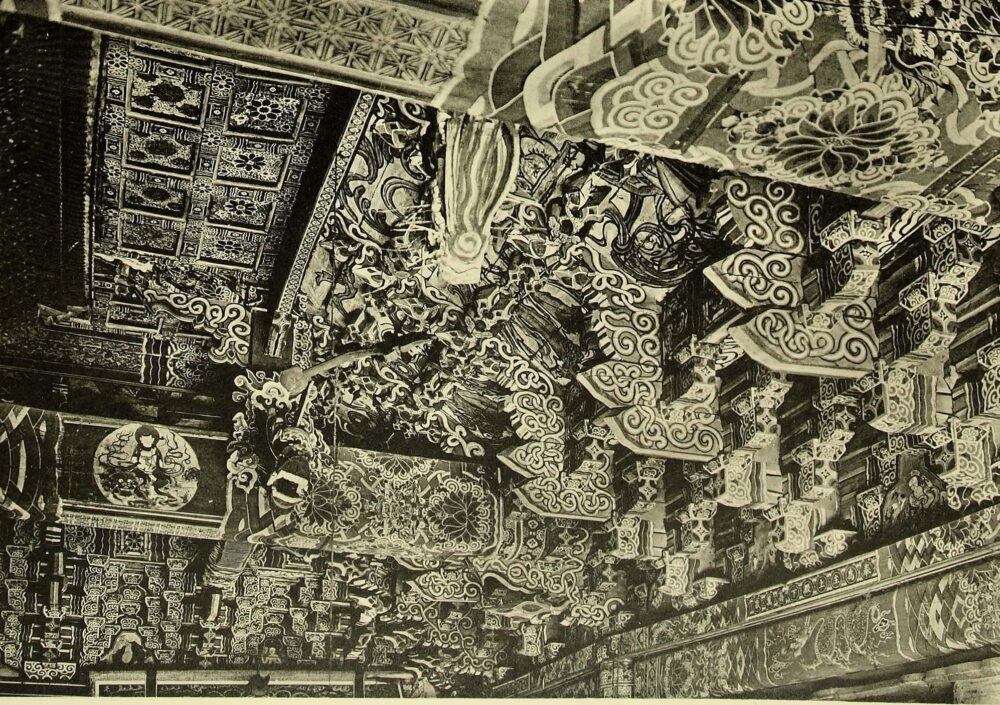
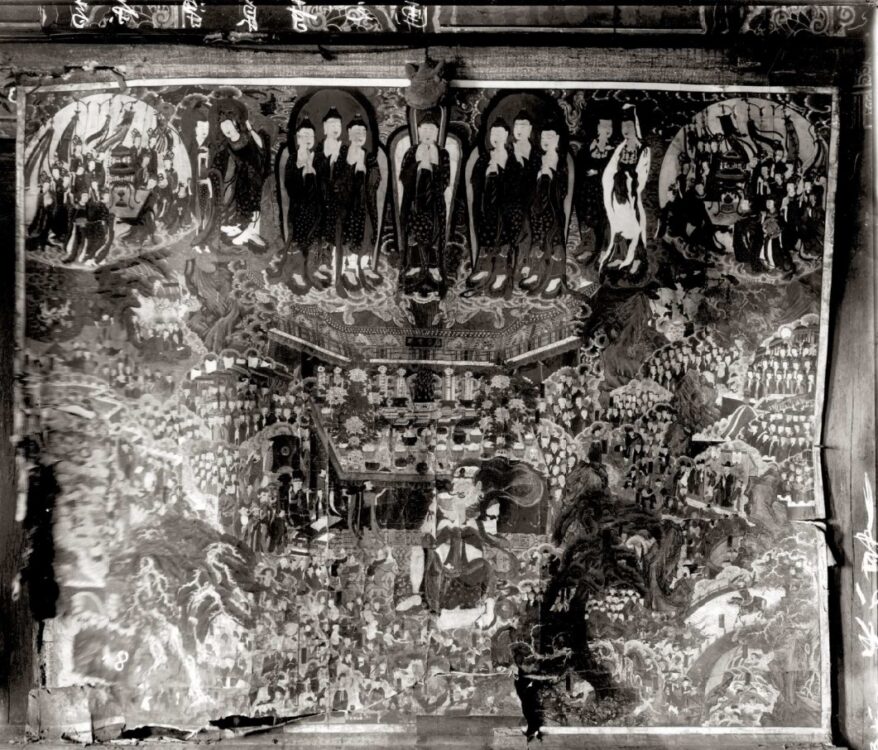
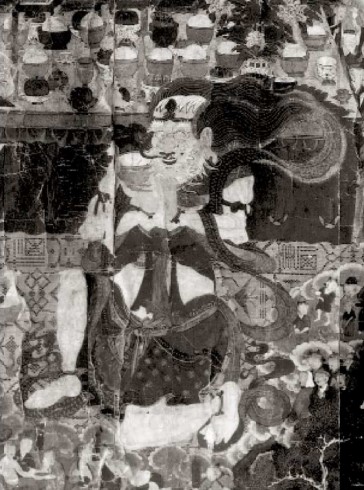
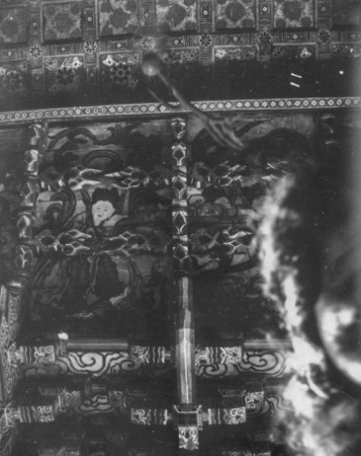

Yangchonsa Temple Now
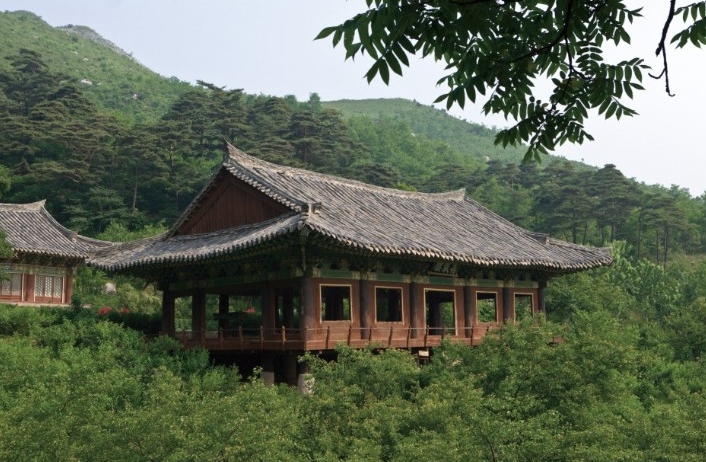
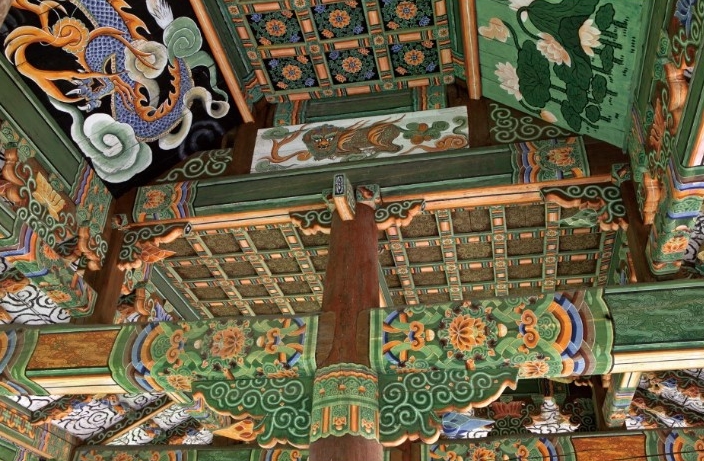
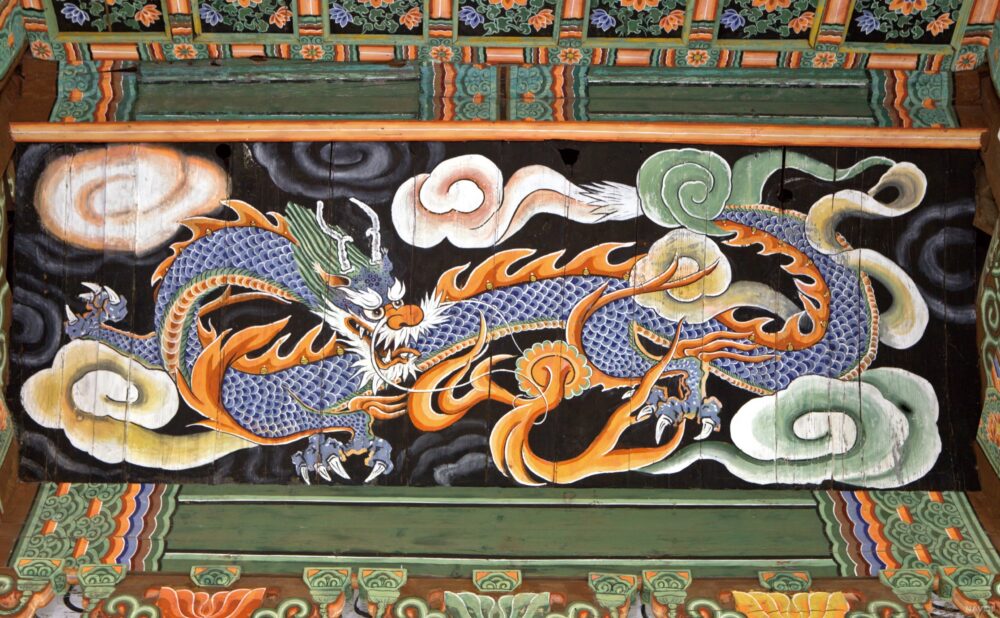
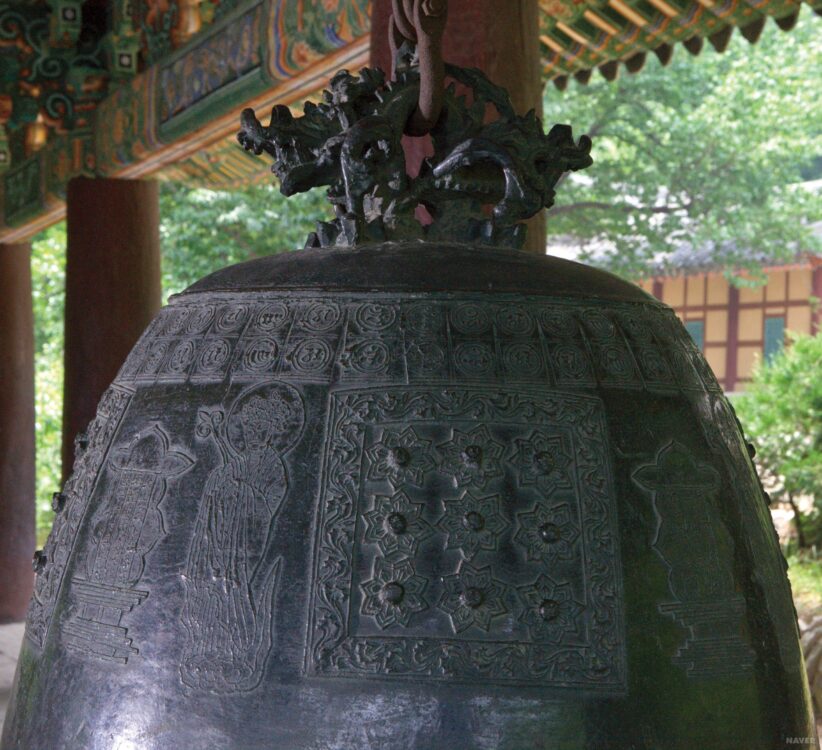
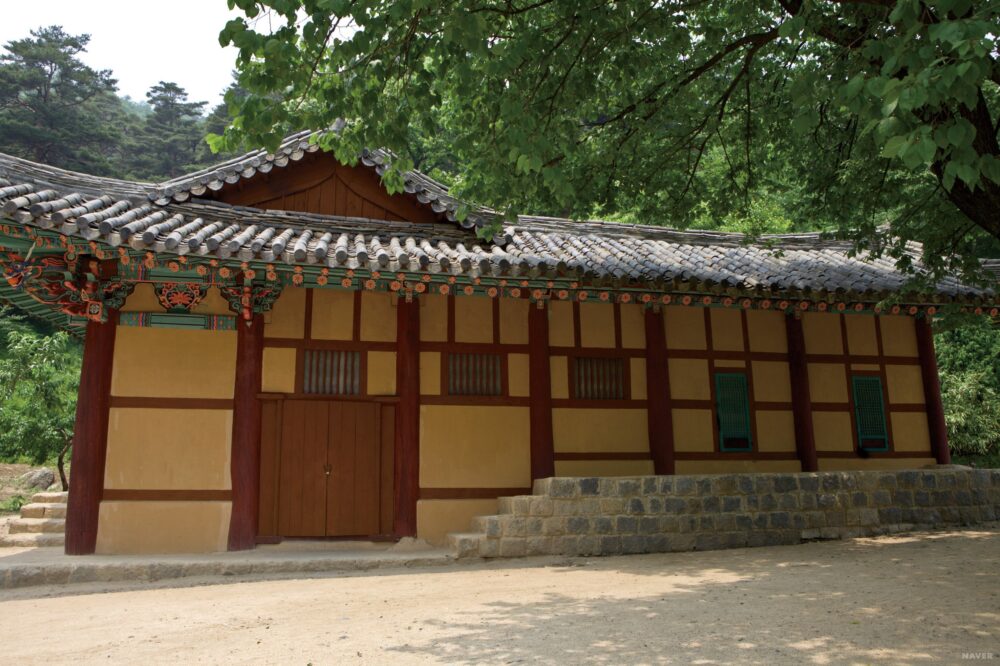
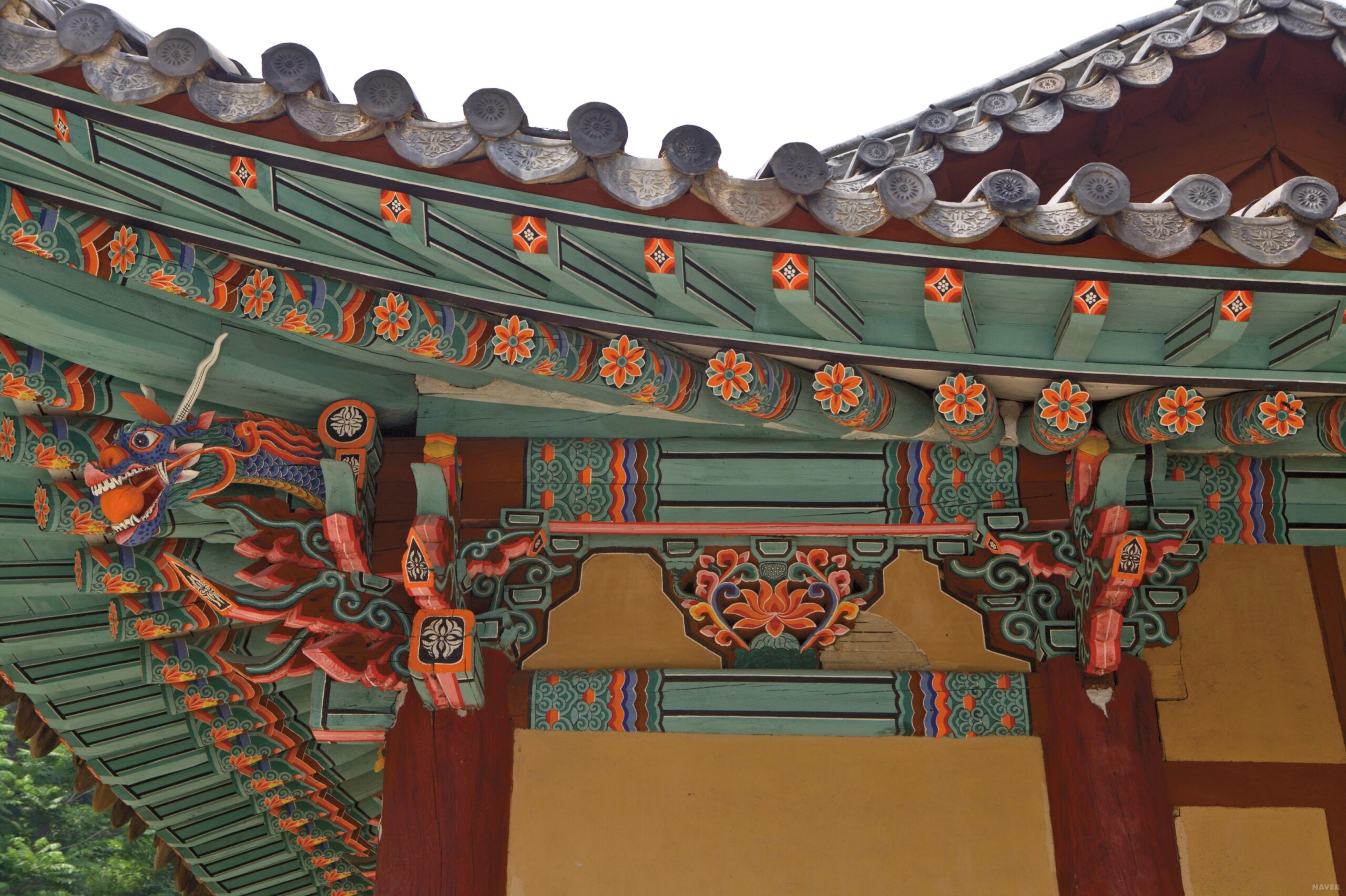
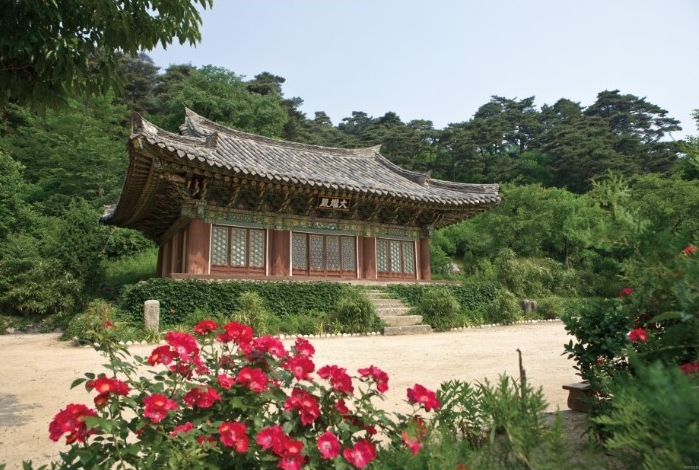
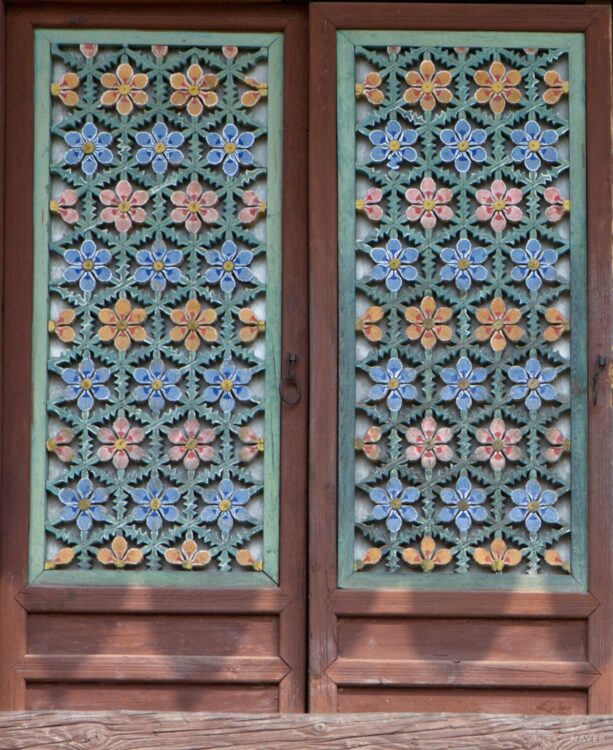
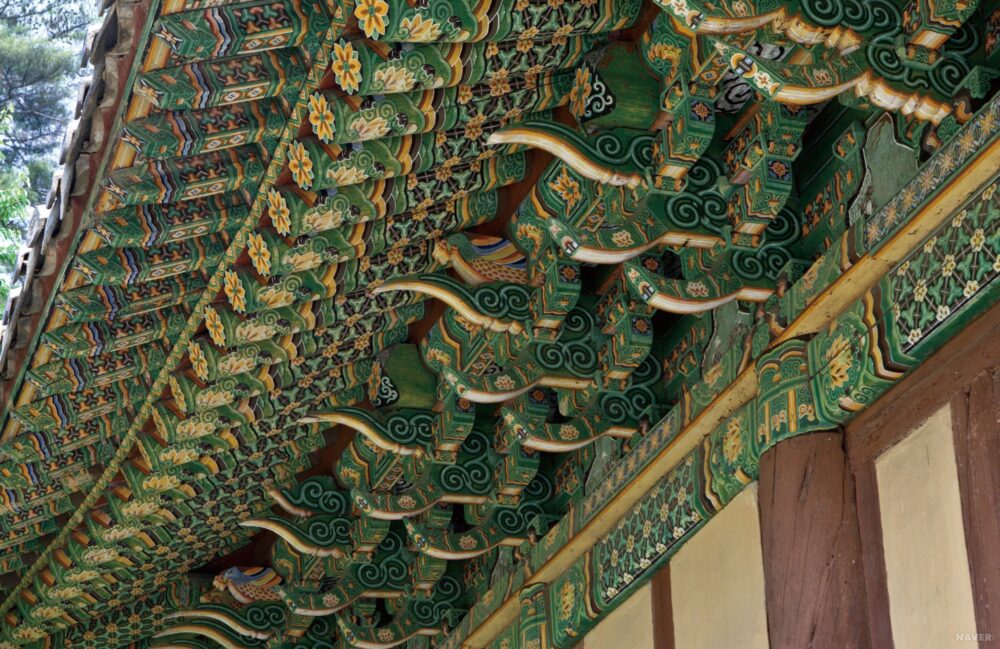
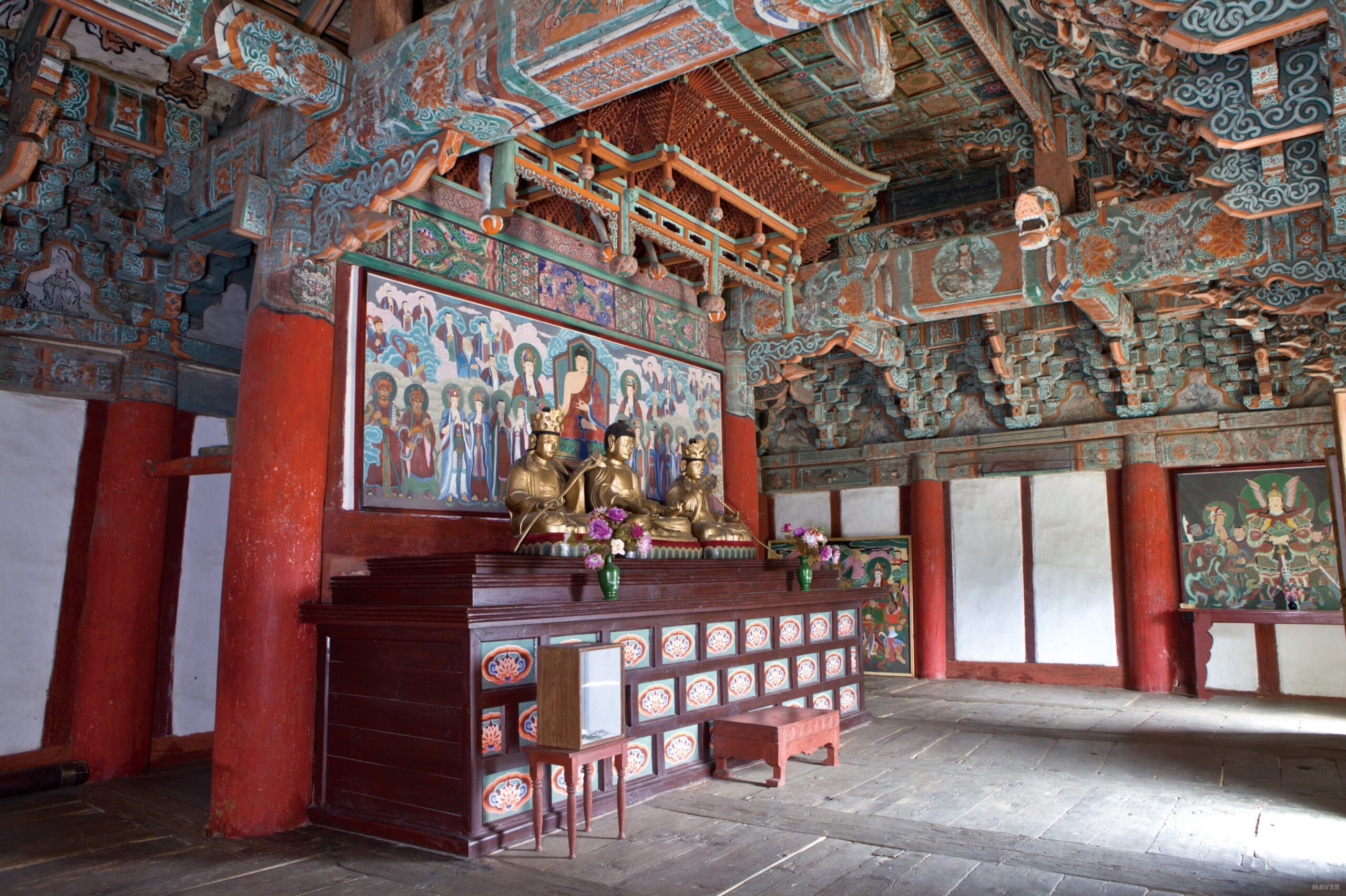

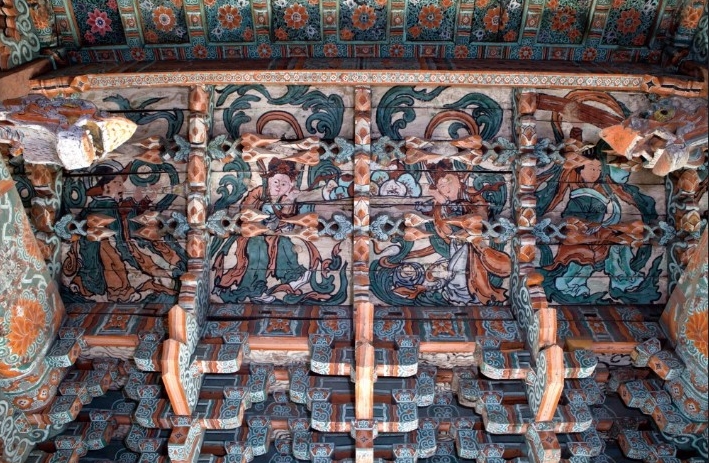
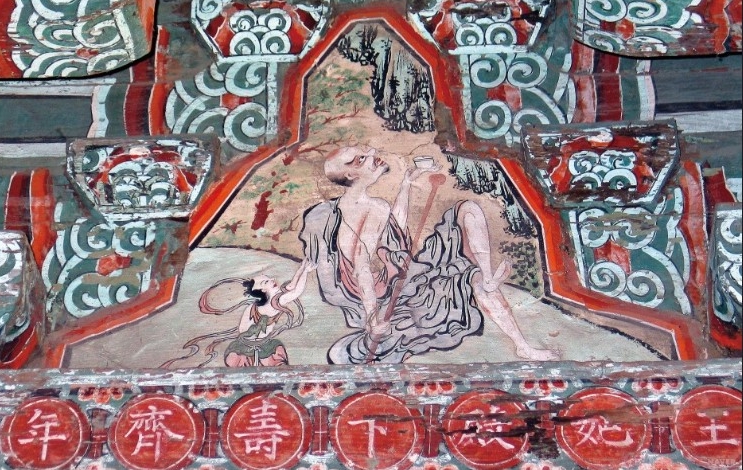
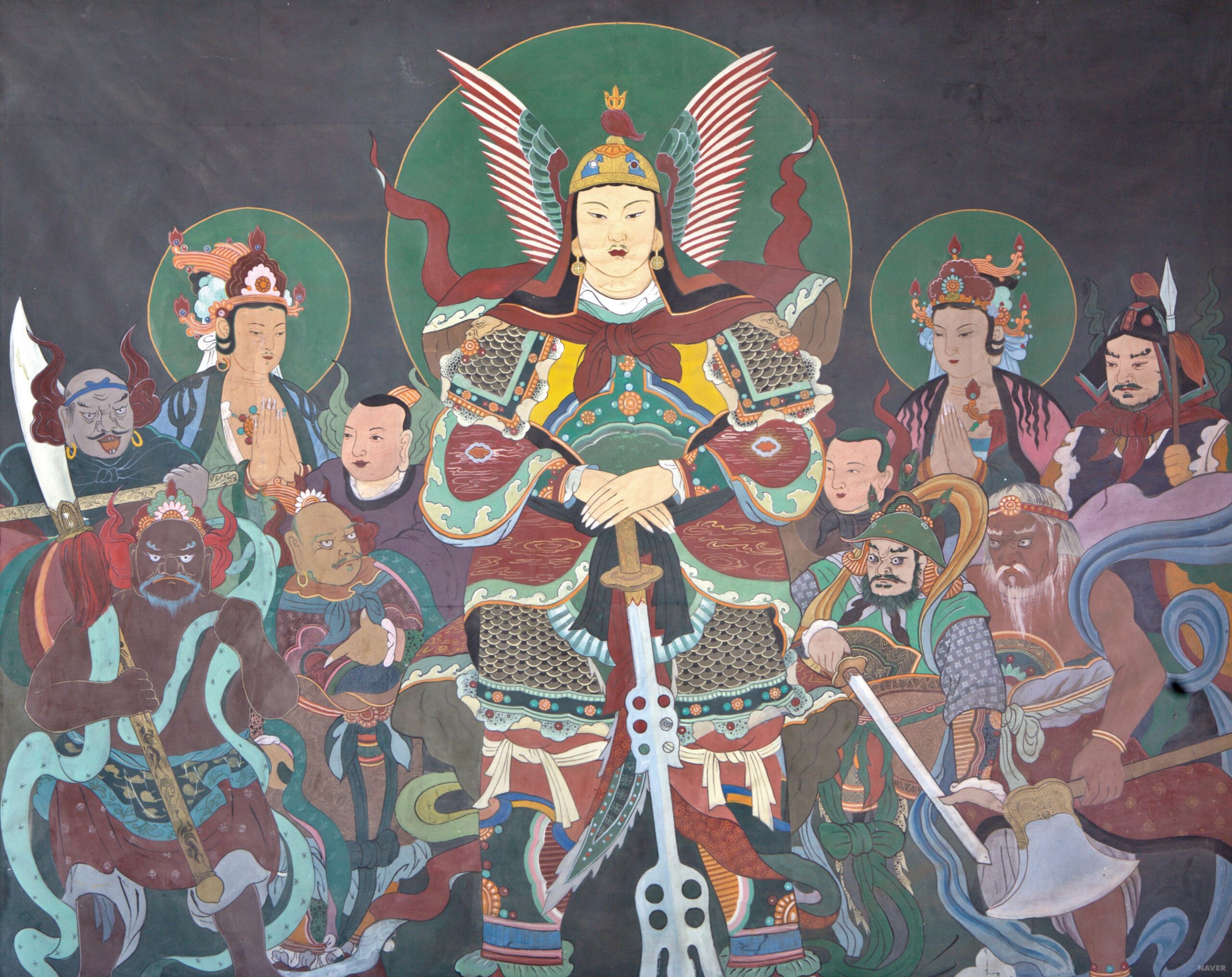
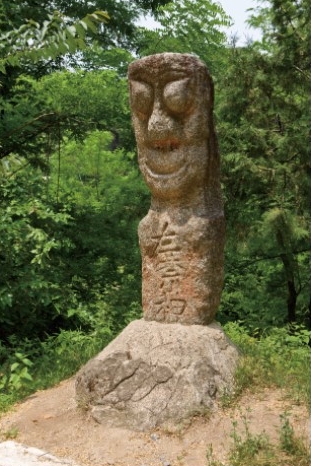
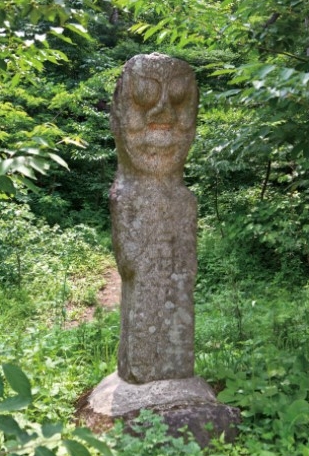
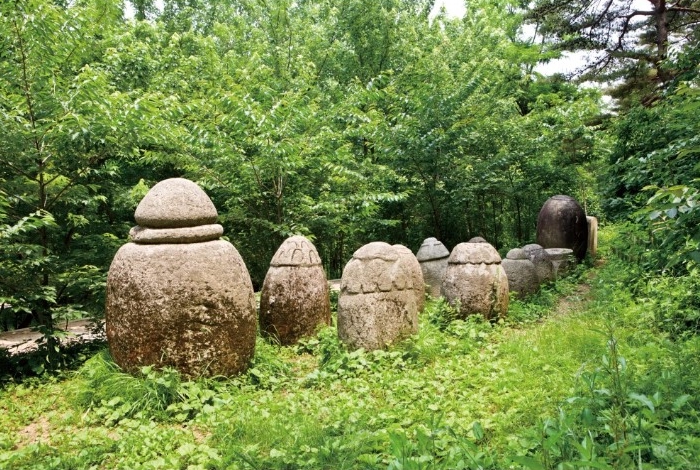


Recent comments